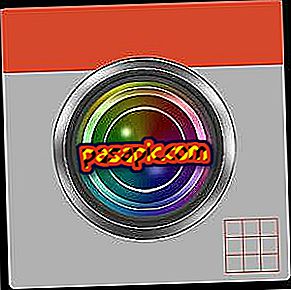How to teach the tens - tricks and exercises

Here we are going to show only some ways to explain the tens to the students. They already have to know or have an idea of the concept of "unity" first, to continue with this step. You will see that the tens in some children costs more than you can think, be patient and follow the steps that we indicated to learn to teach the tens.
Count and arm groups of 10
Prepare different graphics on your computer or pencil and paper, similar to the ones shown below. Students have to count 10 points and surround them with a pencil line. How many groups of 10 points can be obtained in the drawing? How many units are left?
It is recommended that the number of groups that can be formed does not exceed 10. The student is expected to write the numbers in the corresponding boxes.
Then it's time to explain to the student:
- 1 group of ten = 1 ten = ten
- 2 groups of ten = 2 tens = twenty
- 3 groups of ten = 3 tens = thirty
- 4 groups of ten = 4 tens = forty
- 5 groups of ten = 5 tens = fifty
- 6 groups of ten = 6 tens = sixty
- 7 groups of ten = 7 tens = seventy
- 8 groups of ten = 8 tens = eighty
- 9 groups of ten = 9 tens = ninety
- 10 groups of ten = 10 tens = one hundred

The counting game
You need matches or toothpicks. Initially place 10 matches on the table . In the game, each player adds a match to the common pile on the table, and says the name of the number. Each time the player puts a match that arms a set of ten, the ten matches are combined with an elastic band.
In the first version, the rule is that only words from one to ten, if included, can be used. That is, do not use words like eleven, thirteen, twenty, etc. For example: a player places the match number 11 and instead of saying eleven, he says "a dozen and one"; twelve is "one ten and two"; twenty is "two tens."
Then you can modify the game so that on your turn, each player adds two matches to the stack instead of one. Or, that each add three matches. A good practice to skip counting!
Then, build the game but this time, the players have to say the number of the two forms, usual and broken down.
Finally, start with a large pile of matches, about 100 or something like that. Each player takes two or three matches and says the remaining number.


